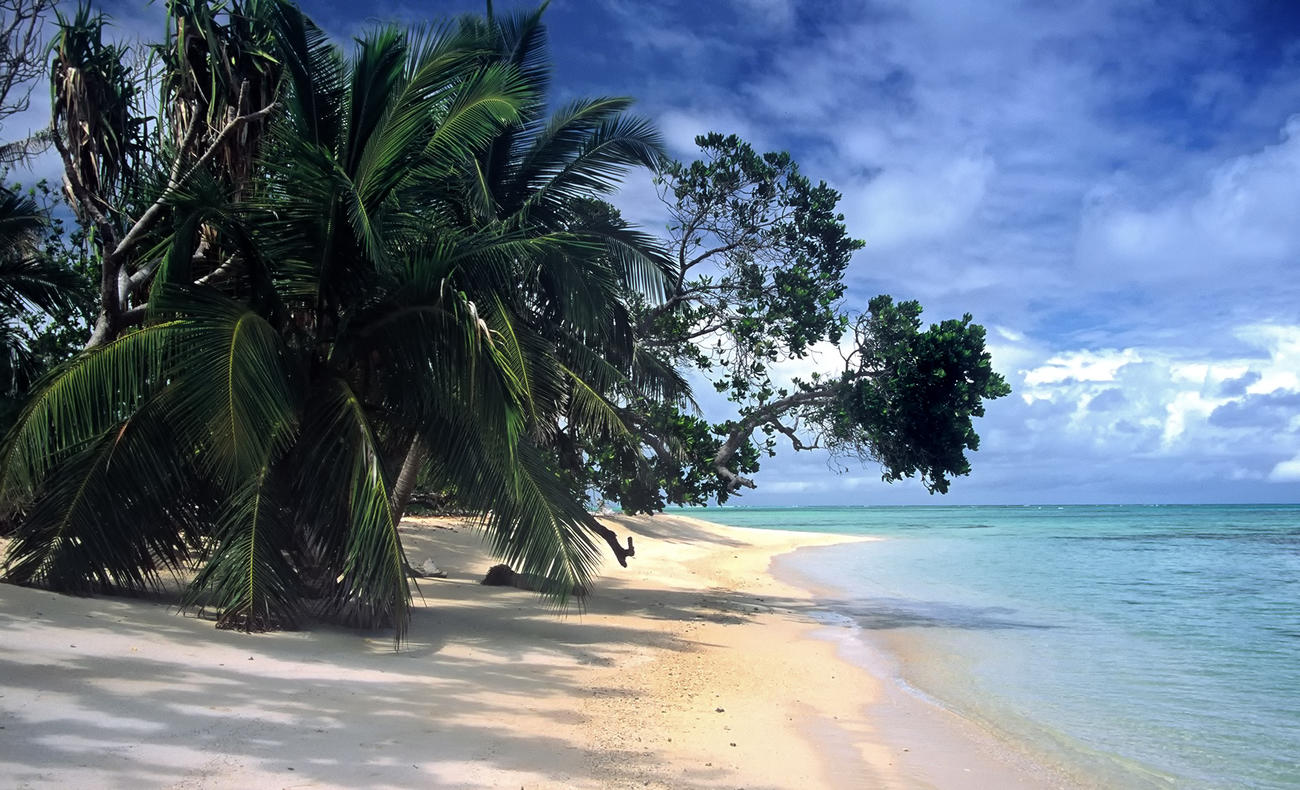When one thinks of pirates, the Caribbean usually springs to mind, with images of Spanish galleons being plundered off the coast of the Americas. However, the island of Madagascar had equally close links with piracy in the 17th and 18th centuries. During this period, known as the golden age of piracy, Madagascar was the perfect safe haven for pirates: no European power held the land so it had few laws; it had a sheltered harbour, perfect for careening ships; it had a ready supply of fresh produce, clean water and friendly natives; and it was situated close to the lucrative shipping routes of the Red Sea and the Indian Ocean. The Indian Ocean was mostly ruled by the Mughal Empire, and with the British East India Company still ostensibly a trading company, the islands of the Indian Ocean were seen as fair game for amibitious pirates.
Warning: Pirates Operate in this Area
Piracy during this period was so rife that it threatened the world economy, particularly the lucrative trade from the Americas, and the colonial powers of Spain, France and Britain now all frowned upon it. With navy ships patrolling the region, the Caribbean seas became increasingly risky and pirates flocked to Madagascar in such numbers in the late 1600s that at one point there were 1,500 pirates living on the island. Ile Saint Marie (below) was a particularly popular base for pirates - from here they could head up to the mouth of the Red Sea and intercept and rob Mughal shipping, especially the lucrative ships carrying Muslim passengers on the Haj pilgrimage. Other pirates targeted the Malabar and Coromandel coasts of India, where they could attack wealthy Mughal merchants or the enormous European trade ships of the time, known as East Indiamen.

The Land of Libertalia: A Pirate’s Utopia
There are stories that the pirates even founded their own anarchist colony in Madagascar, which they named Libertalia. The colony is mentioned in Captain Charles Johnson’s A General History of the Pyrates, but is not referenced anywhere else, leading to much debate about whether or not it actually existed. On Libertalia, the pirates supposedly created a new language and operated a socialist economy. They believed every man was born free with a natural right to a share of the earth. The pirates divided all treasure and cattle equally amongst themselves, and a delegation of pirates met regularly to decide all important issues affecting the community. Pirates were reported to have freed black slaves because the idea of slavery went against their ideas of freedom, and these joined the community at Libertalia. Some ceased to be pirates and settled down to become farmers, holding the land in common. Prizes and money taken at sea were shared equally. Whether Libertalia existed or not, what is indisputable is that for a time, Madagascar was a key stopping off point for pirates. Today all that is left of the semi-mythical land is a pirates' graveyard in Ile Sainte Marie, below.

The Decline of Piracy
From the early 18th century onwards, piracy in the region started to decline; many pirates took up the offer of a government pardon to give up the life rather than face the gallows if caught; there was also increasing competition from native Indian pirates; and the tightening grip of the British East India Company and the end of the Mughal Empire meant that the surrounding oceans became less lawless. By 1711 there were less than 100 pirates on Madagascar. Today, whilst you are more likely to encounter a lemur than Long John Silver, it is worth remembering Madagascar’s unlikely pirate history whilst exploring the wonderful nature and scenery of this island.
